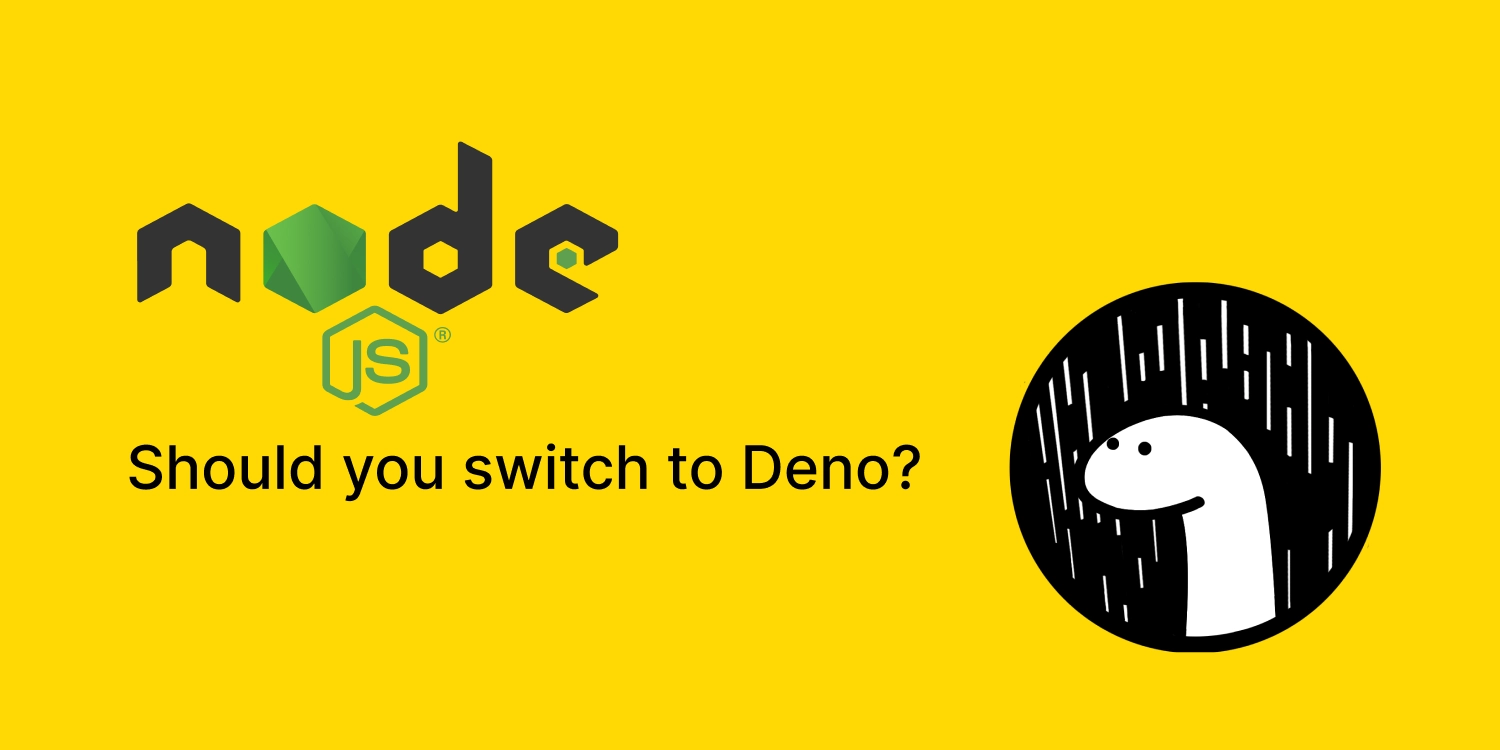Create simple web app Nodejs with Docker
How to get a Node.js application into a Docker container?
Steps to create a web application Nodejs with Docker
- Create NodeJS web app
- Create a Dockerfile
- Build image from Dockerfile
- Run image as container
- Connect to web app from a browser
Getting started
Create root folder of project
mkdir simple-nodejs
cd simple-nodejs
Init package.json
yarn init -y
Add dependencies and scripts in this package.json file
{
"name": "simple-nodejs",
"version": "1.0.0",
"main": "index.js",
"license": "MIT",
"scripts": {
"start": "node index.js",
"dev": "nodemon index.js"
},
"dependencies": {
"express": "*",
"nodemon": "*",
"dotenv": "*",
"mongoose": "*",
"axios": "*"
}
}
Create index.js file (in root project)
Add the following code to run server nodejs with express framework.
const express = require('express')
const app = express()
app.get('/', (req, res) => {
res.send('Hi there!')
})
const port = process.env.PORT || 3000
app.listen(port, () => {
console.log(`Server is running on port ${port}`)
})
Create Dockerfile
touch Dockerfile
-
The first thing we need to do is define from what image we want to build from. Here is the version 12.18.1 of Nodejs from DockerHub
FROM node:12.18.1 -
Next we create a directory to hold the application code inside the image. This will be the working directory for your application.
# Create app directory WORKDIR /app -
This image comes with Node.js and NPM already installed so the next thing we need to do is to install your app dependencies using the npm binary. Please note that if you are using npm version 4 or earlier a package-lock.json file will not be generated.
# Install app dependencies # A wildcard is used to ensure both package.json AND package-lock.json are copied # where available (npm@5+) COPY package*.json ./ RUN npm install # If you are building your code for production # RUN npm ci --only=production -
To bundle your app's source code inside the Docker image, use the COPY instruction:
# Bundle app source COPY . . -
Your app binds to port
8080so you'll use theEXPOSEinstruction to have it mapped by the docker daemon:EXPOSE 8080 -
Last but not least, define the command to run your app using CMD which defines your runtime. Here we will use
node index.jsto start your server as write in scripts ofpackage.jsonfile.CMD ["yarn", "dev"] -
Your
Dockerfileshould now look like this:# Specify a base image FROM node:12.18.1 # Create app directory WORKDIR /app # Install app dependencies # A wildcard is used to ensure both package.json AND package-lock.json are copied # where available (npm@5+) COPY package*.json ./ # Install dependencies RUN yarn install # If you are building your code for production # RUN npm ci --only=production # Bundle app source COPY . . EXPOSE 8080 # Default command CMD [ "yarn", "dev" ]
Create .dockerignore file with the following content
node_modules
npm-debug.log
Build your image
Go to the directory that has your Dockerfile and run the following command to build the Docker image. The -t flag lets you tag your image so it's easier to find later using the docker images command:
docker build -t <your username>/node-docker .
Your image will now be listed by Docker:
$ docker images
# Example
REPOSITORY TAG ID CREATED
node 12 1934b0b038d1 5 days ago
<your username>/node-web-app latest d64d3505b0d2 1 minute ago
Run the image
Running your image with -d runs the container in detached mode, leaving the container running in the background. The -p flag redirects a public port to a private port inside the container. Run the image you previously built:
docker run -p 49160:8080 -d <your username>/node-docker
Print the output of your app:
# Get container ID
$ docker ps
# Print app output
$ docker logs <container id>
# Example
Running on http://localhost:8080
If you need to go inside the container you can use the exec command:
# Enter the container
$ docker exec -it <container id> /bin/bash
Test your Docker container
To test your app, get the port of your app that Docker mapped:
$ docker ps
# Example
ID IMAGE COMMAND ... PORTS
ecce33b30ebf <your username>/node-docker:latest npm start ... 49160->8080
In the example above, Docker mapped the 8080 port inside of the container to the port 49160 on your machine.
Now you can call your app using curl (install if needed via: sudo apt-get install curl):
$ curl -i localhost:49160
HTTP/1.1 200 OK
X-Powered-By: Express
Content-Type: text/html; charset=utf-8
Content-Length: 9
ETag: W/"9-leKwfhJ1TlLDfP1IVUTU9ERZe/8"
Date: Mon, 23 Nov 2020 14:41:00 GMT
Connection: keep-alive
Hi there!
Some useful other commands
docker images #show all images installed
docker rmi -f <image id> #remove image by id
docker ps #list all containers running
docker ps -aq #list all containers (only ids)
docker stop <container id> #stop a container
docker stop $(docker ps -aq) #stop all running container
docker rm $(docker ps -aq) #remove all containers
docker rmi $(docker images -q) #remove all images
docker system prune #remove all stopped containers, all dangling images, all networks, all dangling build cache
docker system prune -a # remove all stopped container, all images, all networks, all build caches
Reference
- Code GitHub example
- Official Nodejs Docker image
- Nodejs Docker best practice guide
- Official Docker documentation
- Doc guides NodeJS-Docker
- Doc guides Docker-NodeJS


